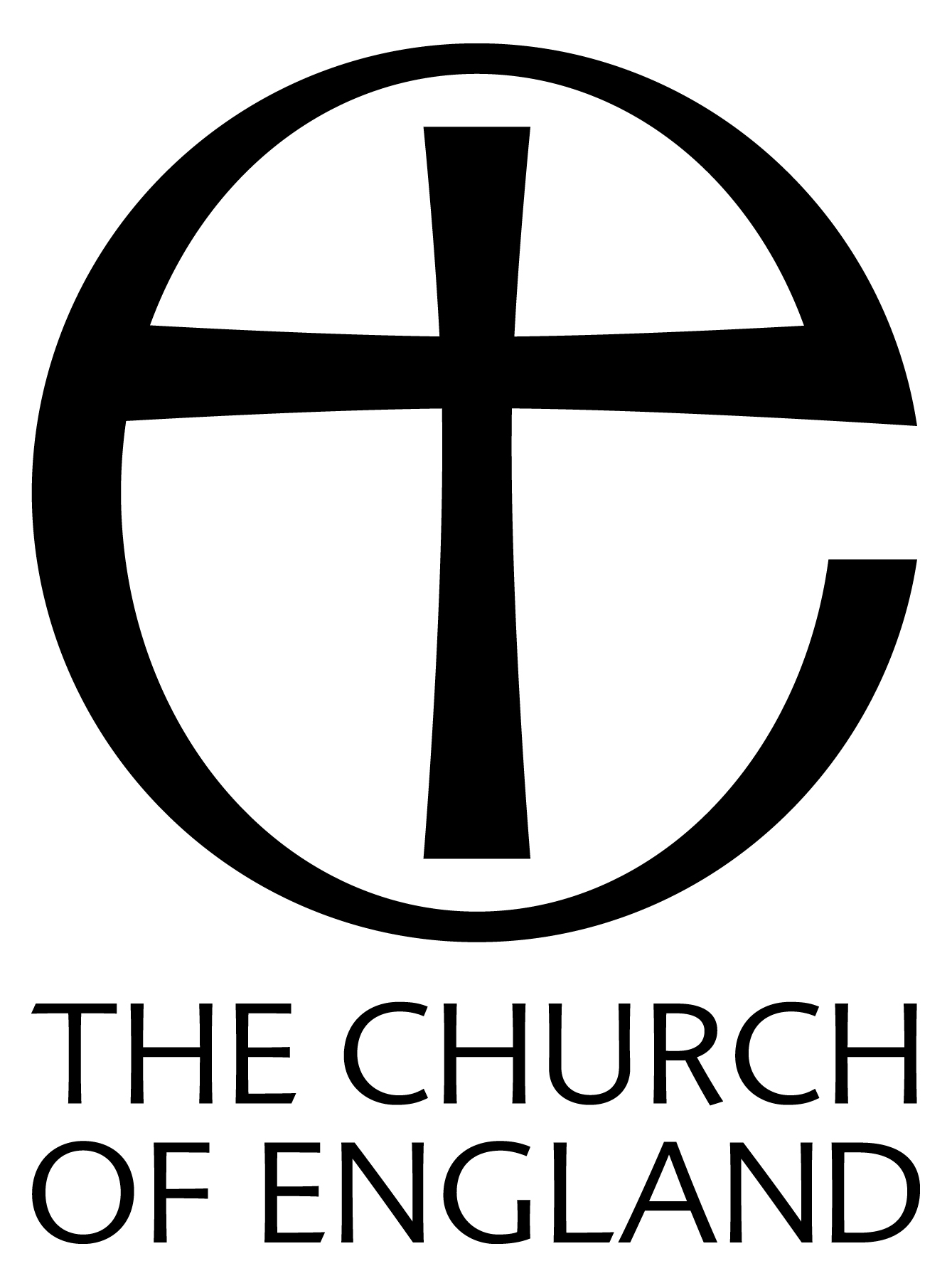18
by Michael Stanhope, Lieutenant of Hull, as "Chief Constable of the Castle," and as being "very honest and fit to serve in such a place." The deed referring to the Drypool property bears date 1545, and carries the Seal of the King. It is inscribed "Drypool Grange vocat Swyne lathes."
There is an inventory of Thomas Alured's property, dated 21st September, 1562, and this lists inter alia the Drypool lands.
"One Grainge in Dripole-31/2 ox gangs of land 151/2 acres meadow-in one close called Armescroft." With this went "5 acres meadow in Sutton Ings," in a place called Grym, together with" al manner of Tenths, Annuities and other Commodities, "and three cottages which the deed of Henry VIII describes as being" near the churchyard of the parish church." These appear on Hollar's engraving.
There was also a " Barcarie," i.e. a sheepcote, called "Swinelathes, abutting uppon the Somergangs." The value of the whole property was £6. Later the Alureds acquired the site and much of the surrounding closes of the Carthusian Priory, outside the north gate of Hull.
THE SPOILIATION OF THE CHURCH
In 1551, the Privy Council ordered the making of inventories of all Church goods. This was the culmination of a process initiated with the Dissolution of the monasteries. Its object was not only to suppress" superstition," but also to redress the economic balance consequent on so much property being in Church hands. Both may have been necessary, but nothing excuses the way in which the churches were despoiled of much that was of high artistic value and sacred content, until, says Dr. Moorman, " Not since the days of the Danish raids had the churches presented so sorry a spectacle." The list of goods for Drypool is quite long.
- Inprimis - one bell in the stepill, one handbell
- Item - one sacring bell, one challes of tynne
|
19
- Item - one challes of silver, a cresmatorye of brass [for holy oil]
- Item - two crosses of brasses, two yeron candelstiks
- Item - one cope of greine sattene, one read saye cope [a kind of serge]
- Item - one vestment of whyt silk with albes
- Item - one vestment of bustian [fustian] with other things apperteninge to yt
- Item - one vestment of greine dornix [coarse
damask] with albe, one old vestment of
tauney saye
- Item -
three alter clothes, two towelles, two
crewettes
- Item -
one fatt for watter, two old codes [pillows],
one old vaill
- Item - one vestment of divers colors, one sirples
- Item - one chyst, two corporaxis
Not only was the Church plundered of most of its valuables but its revenues were confiscated in what must be termed a Tudor experiment in Nationalisation. From now on we find that where the stipend is low, as at Drypool, the parish is held with several others, the services are infrequent and the fabrics are neglected, often because of lay rectors who did not fulfill their obligations.
THE APPEARANCE OF THE CHURCH
Let us try to picture what the church looked like after these changes. The old stone altar has gone, and its place is taken by a table having bulbous legs. This can be carried down into the body of the church on Sacrament Sundays. A pair of candlesticks may have survived and possibly one chalice from the great plunder. There are no altar rails. The screen remained into the eighteenth century, but the Rood with its supporting figures has gone. In its place are the Queen's Arms, newly emblazoned. There are probably few seats in the nave, and there may not be a pulpit, since the church was small.
|

